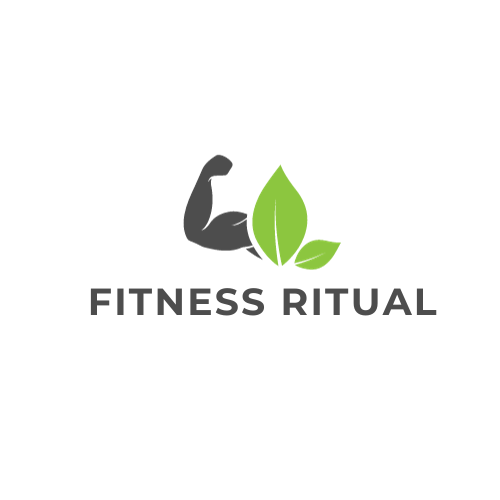Maximizing Your Cardiovascular Fitness: High-Intensity Interval Training (HIIT) Workouts
In today’s fast-paced world, where time is of the essence, finding efficient ways to exercise and improve cardiovascular fitness is crucial. High-Intensity Interval Training (HIIT) has gained popularity as an effective workout method that maximizes cardiovascular benefits in a short amount of time. In this article, we will explore the concept of HIIT, its benefits, and how to incorporate it into your fitness routine.
What is High-Intensity Interval Training (HIIT)?
HIIT is a form of cardiovascular exercise that alternates between short bursts of intense exercise and brief recovery periods. Unlike steady-state cardio workouts, such as jogging or cycling at a consistent pace, HIIT involves pushing your body to its maximum capacity for short intervals, followed by a period of active recovery.
The key to HIIT lies in its intensity. During the high-intensity intervals, you should aim to reach 80-95% of your maximum heart rate. This high level of exertion pushes your cardiovascular system to its limits, resulting in increased oxygen consumption and improved cardiovascular fitness.
Benefits of HIIT Workouts
1. Time-Efficient: One of the primary advantages of HIIT workouts is their time efficiency. A typical HIIT session lasts between 20-30 minutes, making it an ideal option for those with busy schedules. With HIIT, you can achieve the same cardiovascular benefits in a shorter amount of time compared to traditional cardio workouts.
2. Increased Caloric Burn: HIIT workouts are known for their ability to burn calories effectively. The intensity of HIIT exercises elevates your heart rate and stimulates your metabolism, leading to increased calorie burn not only during the workout but also for hours afterward. This makes HIIT an excellent choice for those looking to lose weight or maintain a healthy body composition.
3. Improved Cardiovascular Health: HIIT workouts challenge your cardiovascular system by pushing it to its limits. By repeatedly engaging in high-intensity intervals, your heart becomes stronger, and your lung capacity increases. Over time, this improves your cardiovascular health, reduces the risk of heart disease, and enhances overall endurance.
4. Enhanced Fat Burning: Incorporating HIIT into your fitness routine can lead to enhanced fat burning. Studies have shown that HIIT exercises stimulate your body’s fat-burning mechanisms, allowing you to shed excess fat more efficiently. This makes HIIT a valuable tool for individuals looking to improve their body composition and reduce body fat percentage.
How to Incorporate HIIT into Your Fitness Routine
1. Warm-up: Before starting any exercise, it’s crucial to warm up your body to prevent injuries. Begin your HIIT workout with a 5-10 minute warm-up, which can consist of light cardio exercises such as jogging, jumping jacks, or dynamic stretches.
2. Choose Your Exercises: HIIT workouts can be performed using various exercises, including bodyweight exercises, cardio machines, or a combination of both. Select exercises that engage multiple muscle groups and elevate your heart rate. Examples include burpees, mountain climbers, jumping lunges, sprinting, or cycling.
3. Interval Structure: HIIT workouts typically consist of short bursts of intense exercise followed by a period of active recovery. A common structure is 20 seconds of high-intensity exercise followed by 10 seconds of rest. Repeat this cycle for 4-5 minutes, then take a longer recovery period of 1-2 minutes before moving on to the next exercise. Aim for a total workout time of 20-30 minutes.
4. Progression: As your fitness level improves, gradually increase the intensity and duration of your HIIT workouts. This can be achieved by increasing the duration of high-intensity intervals, reducing the rest periods, or adding more challenging exercises. It’s important to listen to your body and progress at a pace that is suitable for you.
5. Cool Down: After completing your HIIT workout, spend 5-10 minutes cooling down with light cardio exercises such as walking or stretching. This helps reduce muscle soreness and allows your heart rate to gradually return to its resting state.
Conclusion
Incorporating High-Intensity Interval Training (HIIT) workouts into your fitness routine is an effective way to maximize your cardiovascular fitness. With its time efficiency, calorie-burning potential, and numerous health benefits, HIIT is a great option for individuals with busy schedules or those looking to improve their overall fitness. Remember to start slowly, listen to your body, and gradually progress your workouts to achieve optimal results. So, lace up your shoes, get ready to sweat, and start reaping the cardiovascular rewards of HIIT!




